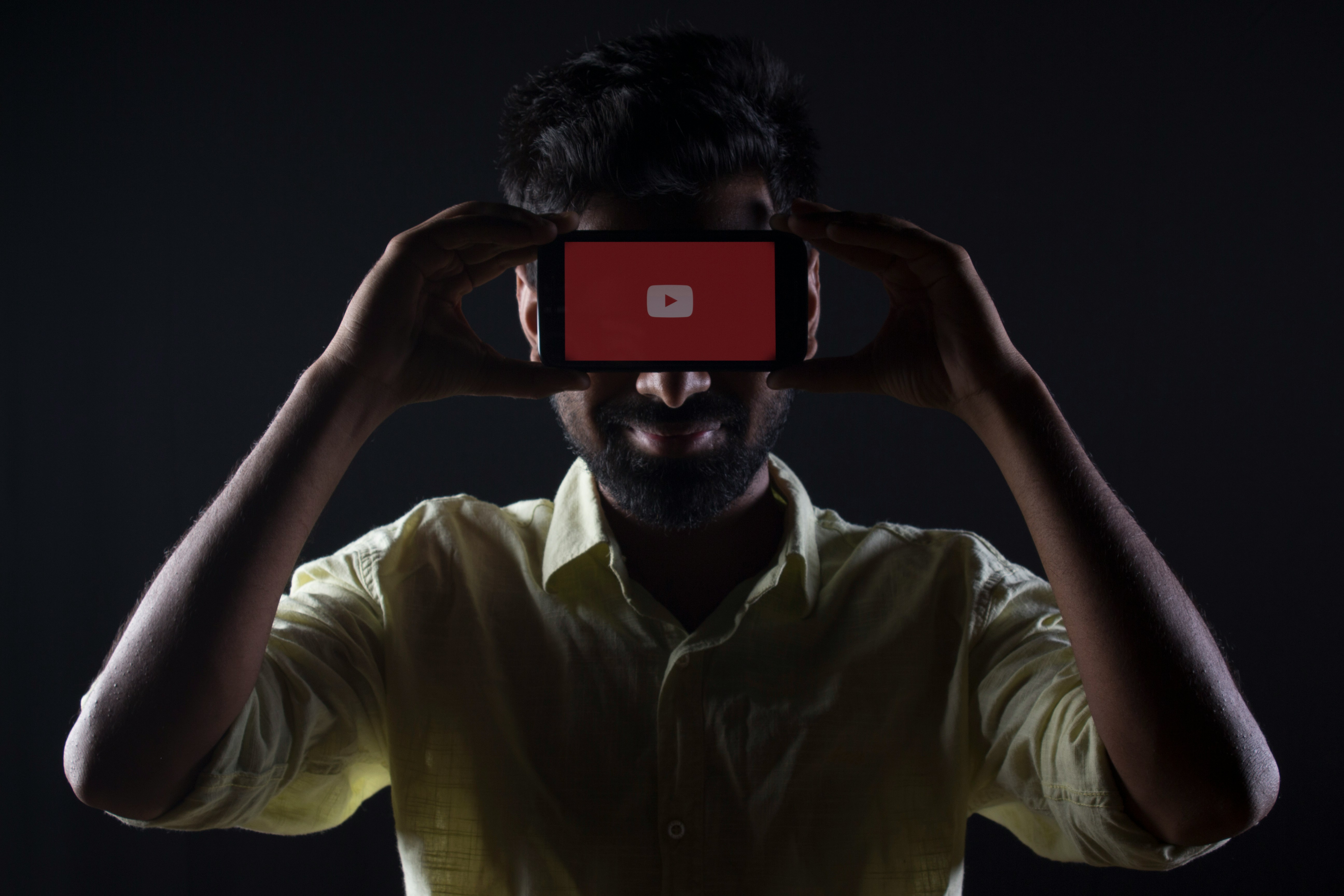A Fresh Lens on Photorealism: From Canvas to Digital Age
Unveil the intricacies of Photorealism as we trace its roots, explore its evolution, and examine its contemporary relevance in the age of digital media. Photorealism, a genre that marries the fine details of photography with the stroke of a painter's brush, has long fascinated the art world. This article delves into the captivating world of Photorealism, tracing its historical roots, charting its evolution, and examining its contemporary relevance in the digital age.

The Genesis of Photorealism
The late 1960s and early 1970s witnessed the birth of Photorealism, a genre that sought to replicate photographs in stunning detail, using traditional artistic mediums. Its emergence was a direct response to the abstract expressionism and minimalism that dominated the art scene of the period. The photorealist artists, armed with their brushes, displayed an unmatched prowess in capturing the minutiae of the photographs onto their canvas.
Photorealism in the Analog Era
Photorealism gained momentum during the analog era, where artists used photographic slides as their reference point. Icons like Richard Estes, Chuck Close, and Audrey Flack brought the genre to the mainstream, capturing the raw essence of urban landscapes and portraiture with striking precision. These artists were not merely replicating photographs but were adding a layer of interpretive depth to their works, subtly commenting on contemporary society.
The Digital Turn in Photorealism
In the 21st century, Photorealism has witnessed a digital turn. Artists now use digital photographs, Photoshop, and even 3D modeling as tools for their creations. This shift has led to the emergence of Hyperrealism, a sub-genre that pushes the boundaries of Photorealism, offering even more precise and meticulous details.
The Impact and Significance of Photorealism
Photorealism’s impact is profound, having influenced various art forms from painting and sculpture to digital art and graphic design. It has also reshaped our understanding of art, blurring the lines between reality and representation. The genre’s significance lies in its ability to compel viewers to examine the mundane and the everyday with a renewed sense of appreciation.
Photorealism Today: A Contemporary Perspective
In today’s digital age, Photorealism continues to be a vibrant and evolving genre. Artists like Roberto Bernardi and Raphaella Spence are redefining Photorealism, injecting it with fresh perspectives. By mirroring the photographic accuracy with artistic interpretation, these artists are encouraging viewers to question the nature of reality and perception.
In conclusion, Photorealism, with its roots firmly grounded in the past, continues to evolve and stay relevant in the ever-changing art landscape. Its journey from the canvas to the digital age is a testament to its adaptability and enduring appeal. And as we continue to navigate our increasingly image-saturated world, Photorealism offers a unique lens to view and interpret our surroundings.




